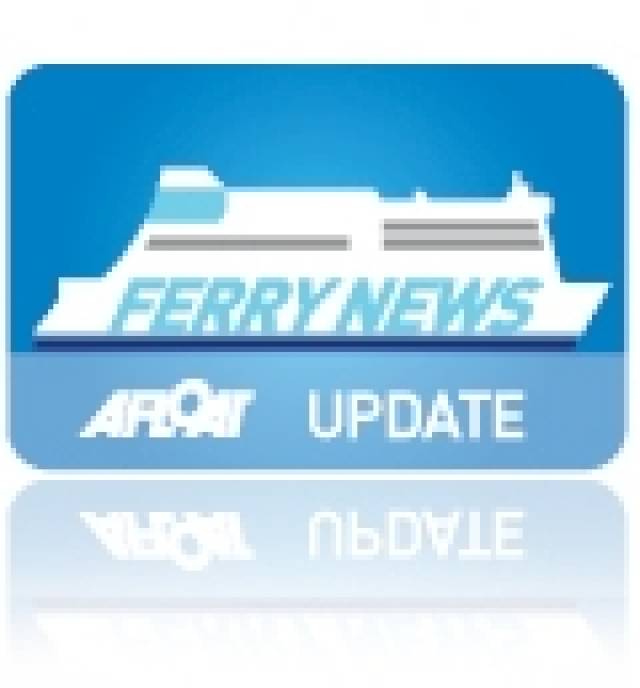The Dublin Seaways, one of the two ro-pax sisters that served DFDS Seaways Dublin-Birkenhead route, which closed down last month, has been sold to Stena Line, writes Jehan Ashmore.
DFDS Seaways sold the 21,856grt vessel to Stena North Sea Line for €24m. Stena operate the Killingholme-Hoek van Holland and Harwich-Rotterdam routes though it remains uncertain as to where the 1997 built vessel will be allocated to or possibly chartered.
Only last month, Stena entered into an agreement that offers their freight customers to use DFDS Harwich-Esbjerg and Immingham-Esbjerg routes. In essence Stena buys freight capacity from DFDS vessels through a so called 'space-charter' arrangement. Stena will be marketing the routes under their own brand.
In the meantime the Dublin Seaways is temporary running on DFDS Seaways Rosyth-Zeebrugge route in a freight-only capacity. The Scottish-Belgium route ended taking passengers in mid-December. The North Sea route remains the only ro-ro freight service operating between Scotland and to the continental Europe.
The second ro-pax that served on the Irish Sea route, Liverpool Seaways made a final call to Dublin port on 31 January (click here for picture and related story) prior to sailing for Immingham. She subsequently sailed on a repositioning voyage to the Baltic Sea, initially to take up service on the Kiel-Klaipeda route though the vessel is due to switch to the Karlshamn-Klaipeda route from 21 February.
Liverpool Seaways will be reflagged to the Lithuania flag and will replace the existing route ro-pax vessel, Lisco Optima which transfers to the Kiel route. Incidentally the Lisco Optima (1999 / 25,206grt) like the former Irish Sea sisters was also built at the Visentini shipyard in Donada, Italy.
DFDS Seaways exit of the Irish Sea ferry market also included the closure of the freight-only Dublin-Heysham route served by the 13,704grt Anglia Seaways. It was expected that the vessel would be transferred also to the Baltic, but the vessel remains berthed in Avonmouth Docks.
































































